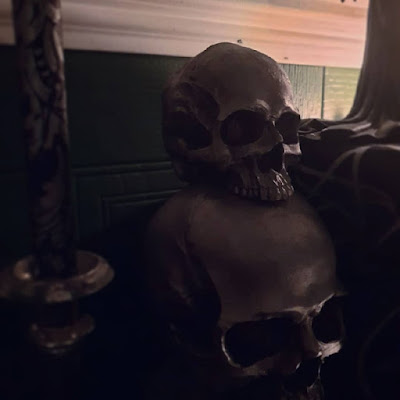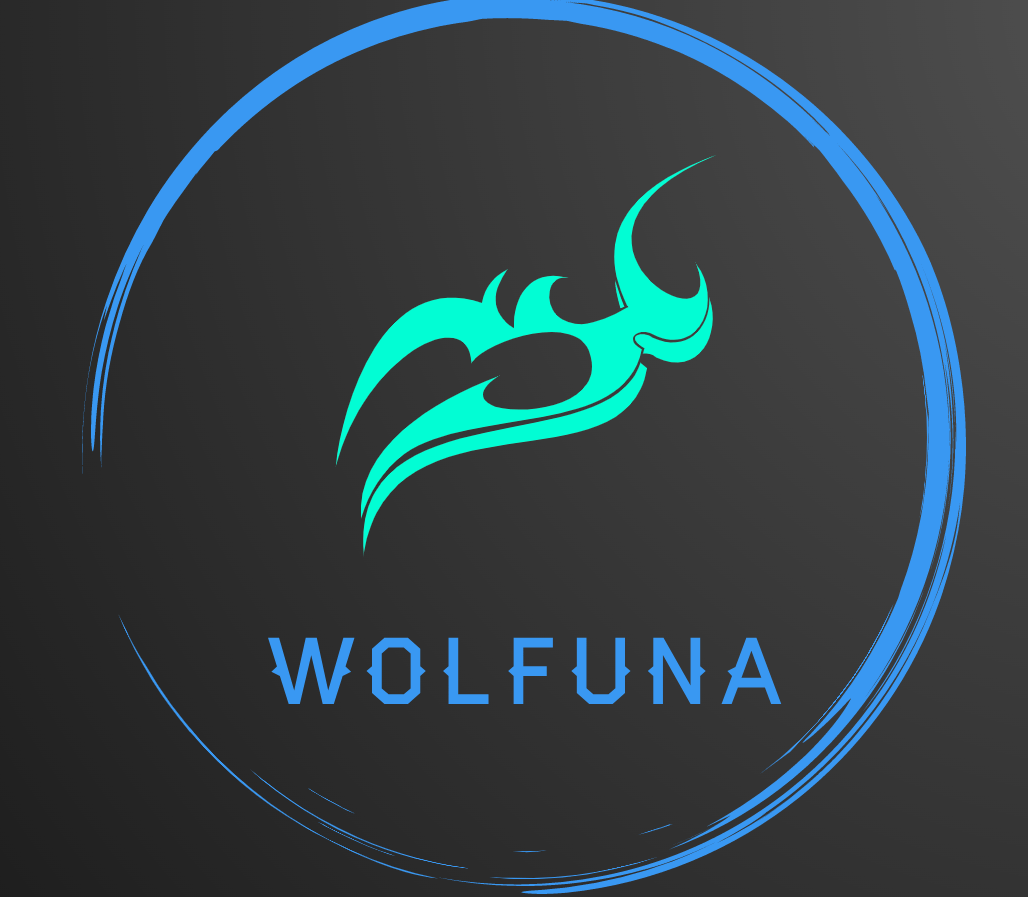No products in the cart.
Return To ShopSamhain/Samhuinn: Our Home Altar
 Statue of Badb
Statue of Badb
Samhuinn is a complex holiday – an old one, but one that has changed many times over the centuries, and the Neo-Pagan version is in many ways as different from the historical version as the contemporary commercial version of Hallowe’en. For a historically informed account of the British calendar of festivals, I suggest looking at Prof. Ronald Hutton’s book ‘The Stations of the Sun’ which is very educational and well-researched. While I draw from historical traditions, I don’t emulate them entirely, and I don’t strictly follow the rituals for Samhain of Wicca or any other Neo-Pagan groups that use the Gardner-Nichols eight-fold year; in this respect I’m somewhat eclectic.
There are two specific and distinct aspects of Samhuinn for me; one is the aspect of ancestor worship, paying respects to the honoured dead, and contemplating both familial and ideological ancestors, and the other is seeing Samhuinn as the start of the Dead Time until the Winter Solstice, where light and lengthening days return. I don’t think there’s any historical precedent for the concept of the Dead Time, but I’ve seen similar ideas in other Neo-Pagan writing, although it doesn’t seem that ubiquitous.
 Skulls on the altar
Skulls on the altar
For most people reading this, some concept of ancestral practice will already be familiar, so I won’t explain that in too much depth, especially as that isn’t something represented on this altar. Effectively, the ancestral practice is about reaffirming the link between those in the present and those who came before both in terms of being mindful and thinking about them, and in terms of reinforcing a spiritual connection at a time when the boundaries between this world and the Otherworld are particularly thin, which will have different connotations depending on personal beliefs as to the nature of the afterlife/afterlives, whether they believe in reincarnation or not, etc. I personally do believe in reincarnation, but other Neo-Pagans and Reconstructionalists have different concepts of an after-life with different ideas about how fixed after-life states can be.

Samhuinn 2018.
In the past I have had a more Morrígan based Samhuinn altar set up – the one from 2018 is pictured, with my victorious Morrígan/Macha statue centrally, on a pedestal clad in red (a colour associated with the Morrigan, being the colour of blood) brocade cloth. Badb is on the left, hard to make out in these darker pictures as all the candle-flames are above Her statue. In front of the cloth-covered pedestal is a Samhain card with overt iconography of the Morrígan that stays permanently the rest of the year at my multi-aspect shrine to the Morrígan on the mantle-piece. I now focus more on Badb as a psychopomp than on the victorious war-Goddess aspect of the MorríganThe crowned skull is on the right, my best approximation at the time of (Brythonic/Welsh deity rather than Goidelic/Gaelic deity) Arawn, King of the Underworld/Otherworldv (in Gaelic mythology, who is King of the Otherworld changes, and each King serves a term, in Brythonic mythology Arawn is the constant King).
 Samhuinn altar 2019 – note the lack of a statue of the Morrigan
Samhuinn altar 2019 – note the lack of a statue of the MorriganMy altar for 2019 is blacker than the previous one, with a grey and black scarf at the base and the black and white pentacle altar cloth moved to Badb’s pedestal. I wanted the altar to be sombre, funereal, a memento mori. Bloodshed isn’t really the sort of death I want the altar to represent, more for it to be reflective, to be a place to contemplate our own mortality and the finite time all things have, as well as the cyclical nature of things. Next year I would like to incorporate my figure of an Ankou – a type of psychopomp spirit, very much like the Grim Reaper, but also like a Dullahan in some ways – a corpse (skeletal, usually, but sometimes as an undead old man) that drives a cart or wagon. Like a Dullahan, an Ankou is not a personification of death, or a death deity, but a psychopomp spirit that is subordinate to Death itself. There are various different stories about who became an Ankou and why. The Ankou figure I have is hand-made clay, quite simply designed, and is also a cone-incense burner, where the incense smoke comes out from under the hood, and he holds a ‘soul’ (a greenish marble).
 Samhuinn altar, frontal view. I would also like to put a representation of The Cailleach on my altar next year, as she is the Gaelic (especially Scottish) Goddess of the winter, who spreads her cloak of snow across the hills, and we get ice and snow from November through to February in varying amounts (it’s actually between Winter Solstice and Imbolc that we get the most snow, and there’s sometimes still snow on the hills in April and May!). Samhuinn marks the transition between autumn and the depths of winter. In the last decade, it’s been noticeably wetter, warmer and less snowy in the Highlands, a result of climate change; putting a representation of the Cailleach on my altar will also be a reminder of what we as a species are doing to our planet. The purple card at the front of the altar has a sigil a friend within our Open Circle designed to reflect our group being connected, even though we couldn’t actually meet up on Samhuinn for a ritual this year due to clashing schedules. As I am Goth, it is very easy for me to decorate my altar for this holy-day of death, as skulls and black fabric are part of my normal household decor for other parts of our home. As a Gothic person, I probably contemplate mortality and death more than the average person, and have a fascination with the macabre, which I think makes it easier for me to connect with this holiday in the abstract sense, rather than as grieving or honouring anyone specific, although some of my deceased family that I knew as well as ancestors who died before I was born and the historical people who have inspired and influenced me are honoured elsewhere.
Samhuinn altar, frontal view. I would also like to put a representation of The Cailleach on my altar next year, as she is the Gaelic (especially Scottish) Goddess of the winter, who spreads her cloak of snow across the hills, and we get ice and snow from November through to February in varying amounts (it’s actually between Winter Solstice and Imbolc that we get the most snow, and there’s sometimes still snow on the hills in April and May!). Samhuinn marks the transition between autumn and the depths of winter. In the last decade, it’s been noticeably wetter, warmer and less snowy in the Highlands, a result of climate change; putting a representation of the Cailleach on my altar will also be a reminder of what we as a species are doing to our planet. The purple card at the front of the altar has a sigil a friend within our Open Circle designed to reflect our group being connected, even though we couldn’t actually meet up on Samhuinn for a ritual this year due to clashing schedules. As I am Goth, it is very easy for me to decorate my altar for this holy-day of death, as skulls and black fabric are part of my normal household decor for other parts of our home. As a Gothic person, I probably contemplate mortality and death more than the average person, and have a fascination with the macabre, which I think makes it easier for me to connect with this holiday in the abstract sense, rather than as grieving or honouring anyone specific, although some of my deceased family that I knew as well as ancestors who died before I was born and the historical people who have inspired and influenced me are honoured elsewhere. 
